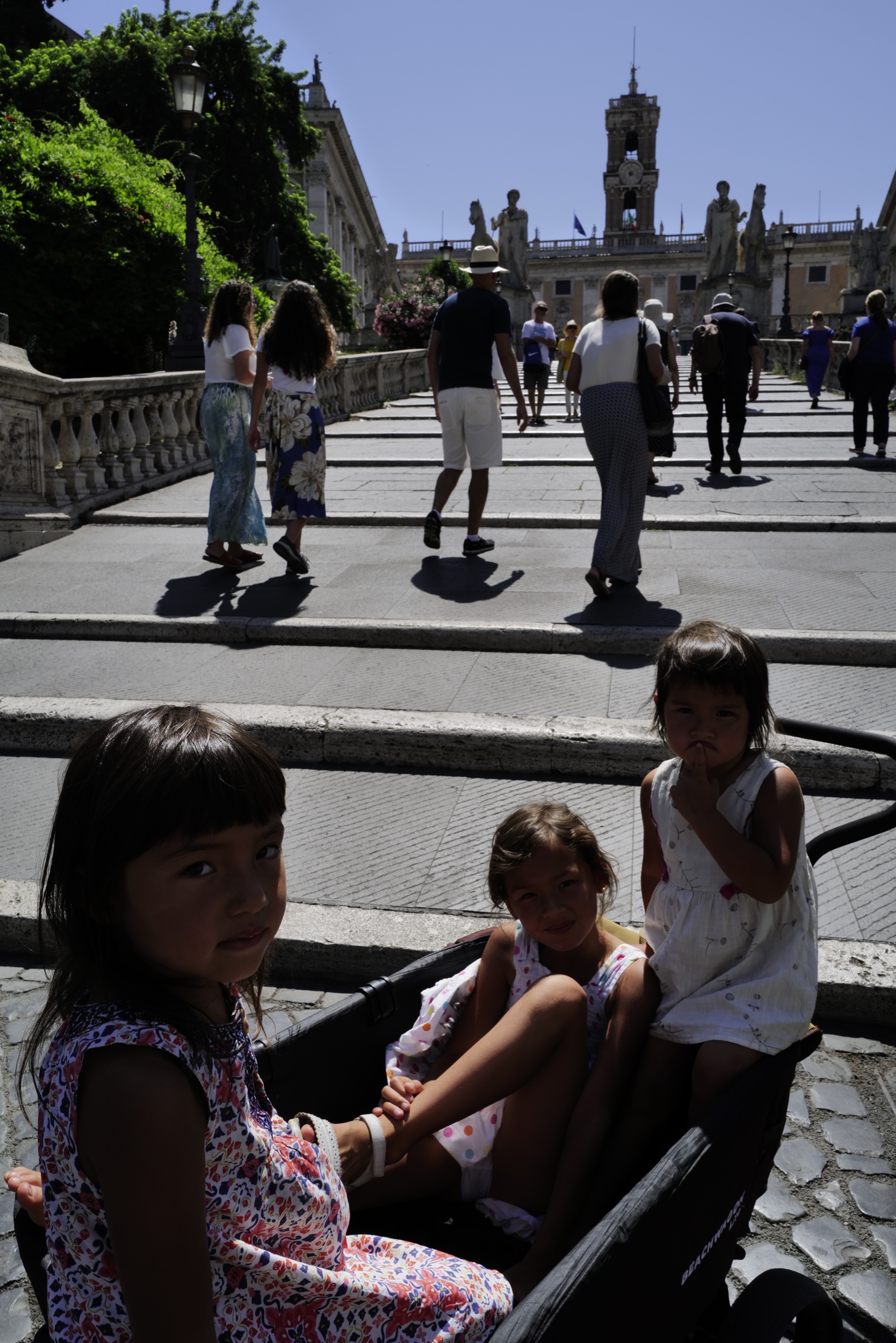
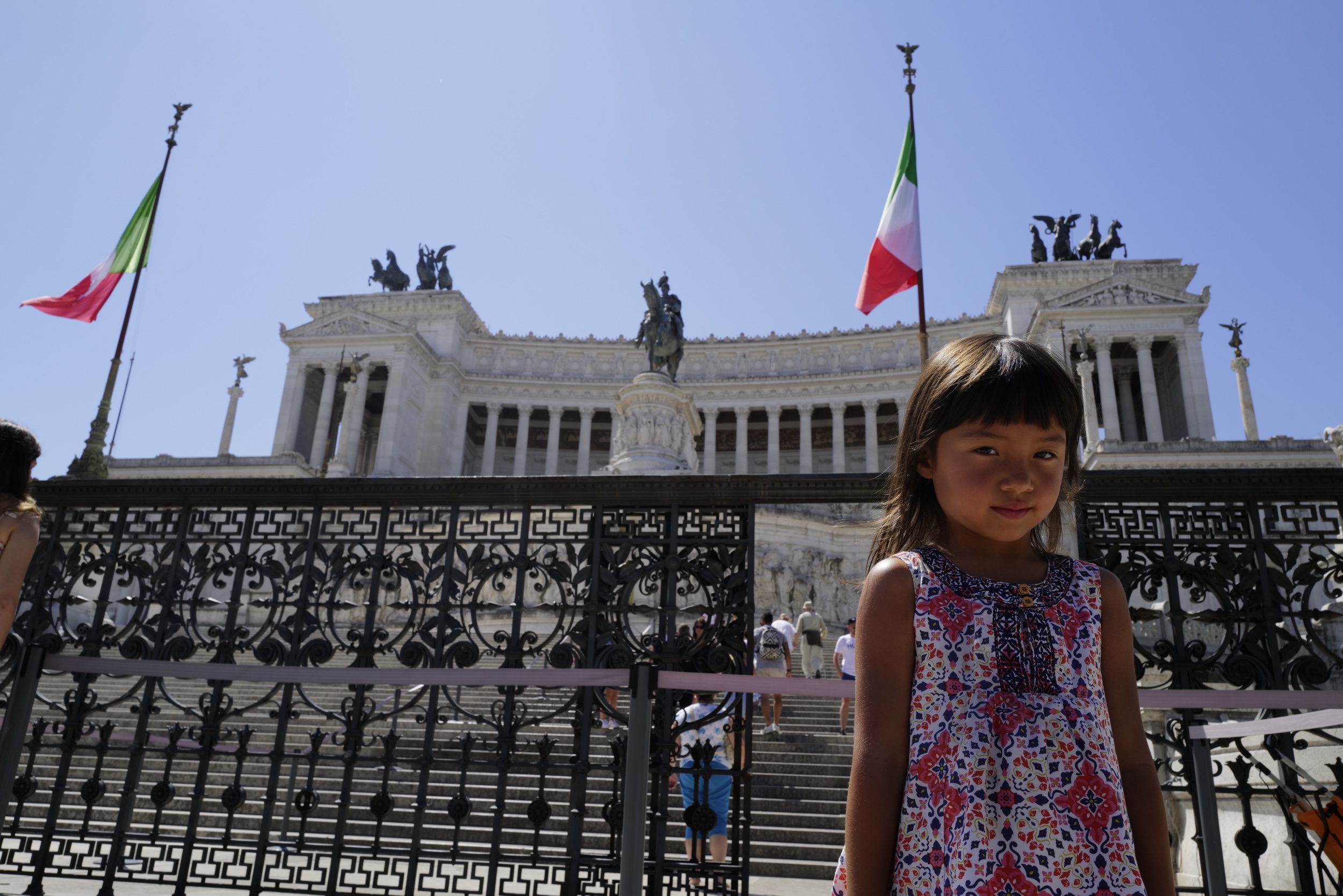
In ‚Roma‘, we focused on visiting the Colosseum, the Forum Romanum and the Palatino. We were super lucky with a small tour group and a very knowledgeable, entertaining, and patient archeologist as a guide who spoke English very well. Our girls were mostly busy playing with the audio devices.

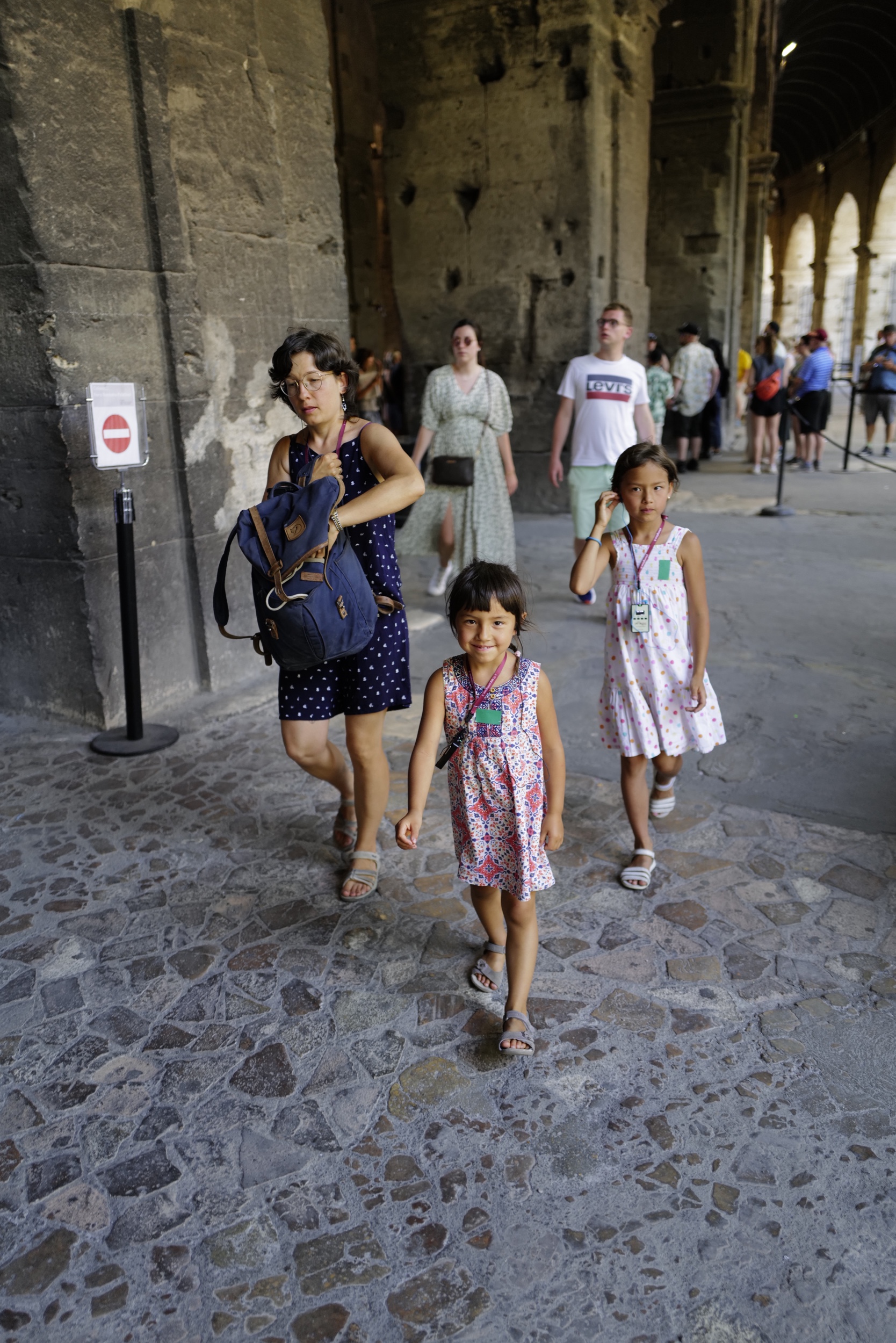
Four to five times a year politicians sponsored events in this prototype stadium, lasting days to months, from 8 am till the evening. Entrance to the „games“ as well as food and drinks were free and people were off work. See if we The idea behind this apparent great kindness was propaganda. Happy people don‘t complain and fighting is popularized.
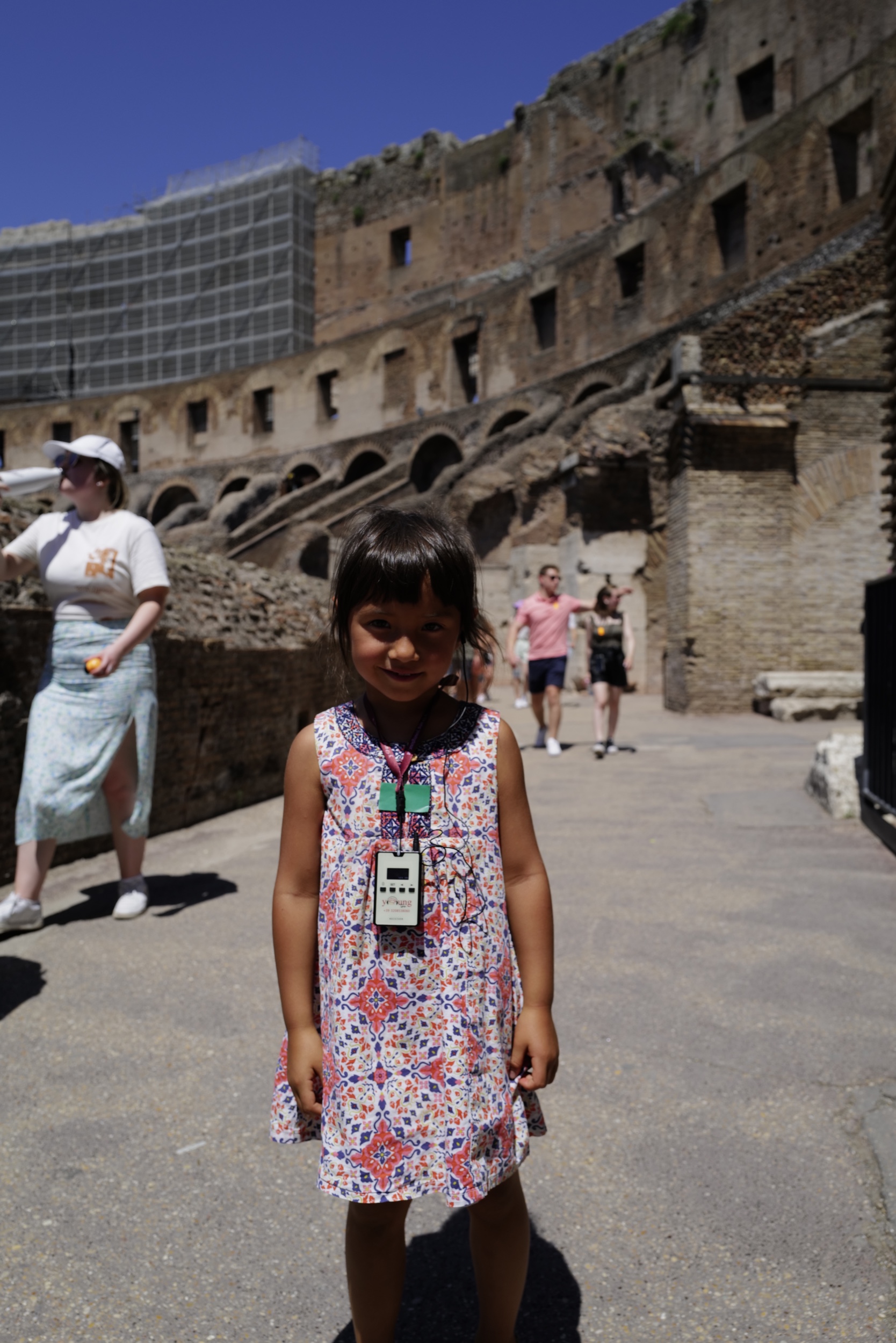

The ‚Colosseo’ has been built in only 8 years (72-80 AD) by 35000 slaves. None of them survived. If they didn‘t die during this construction, they would in the next one due to the hard working conditions.
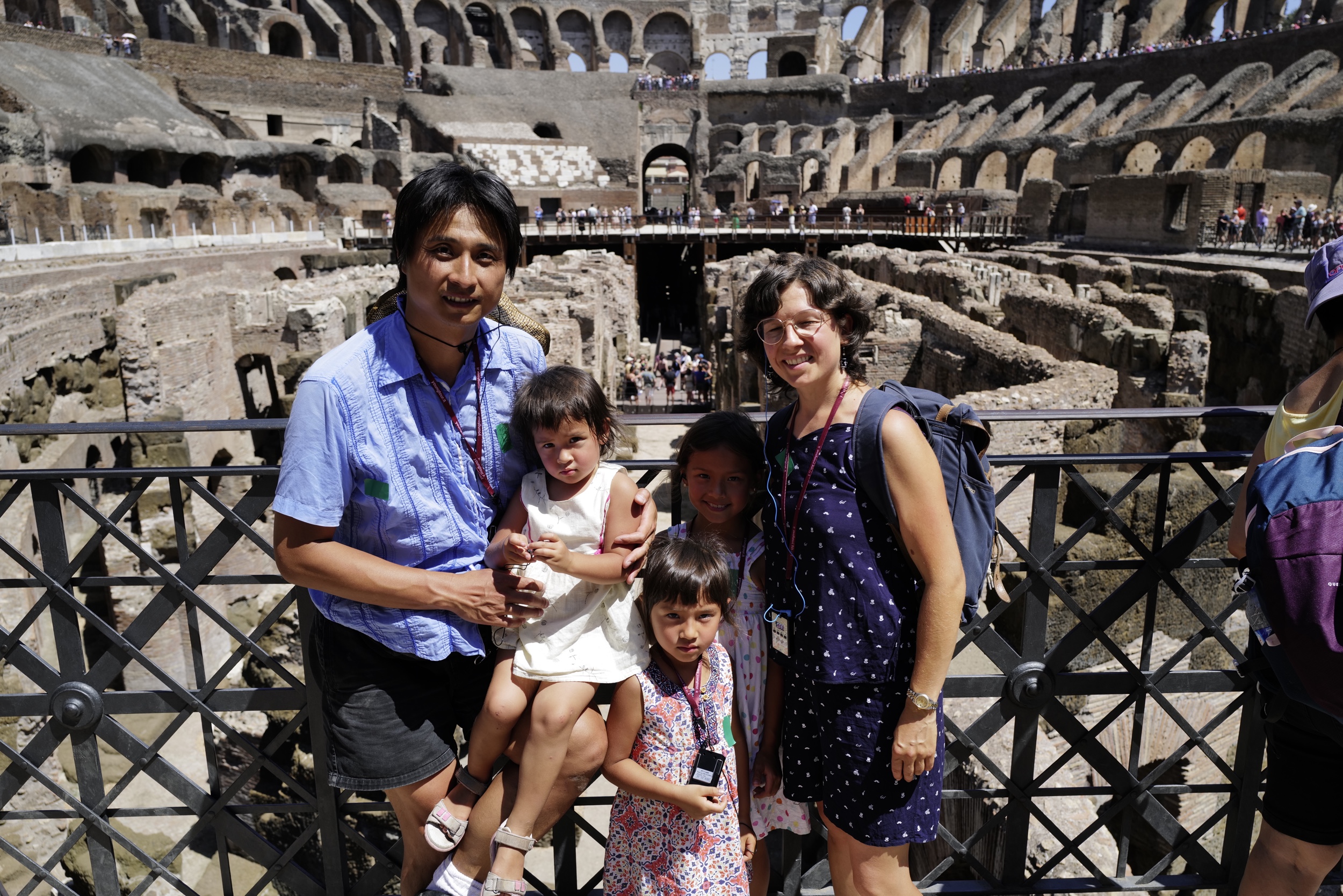
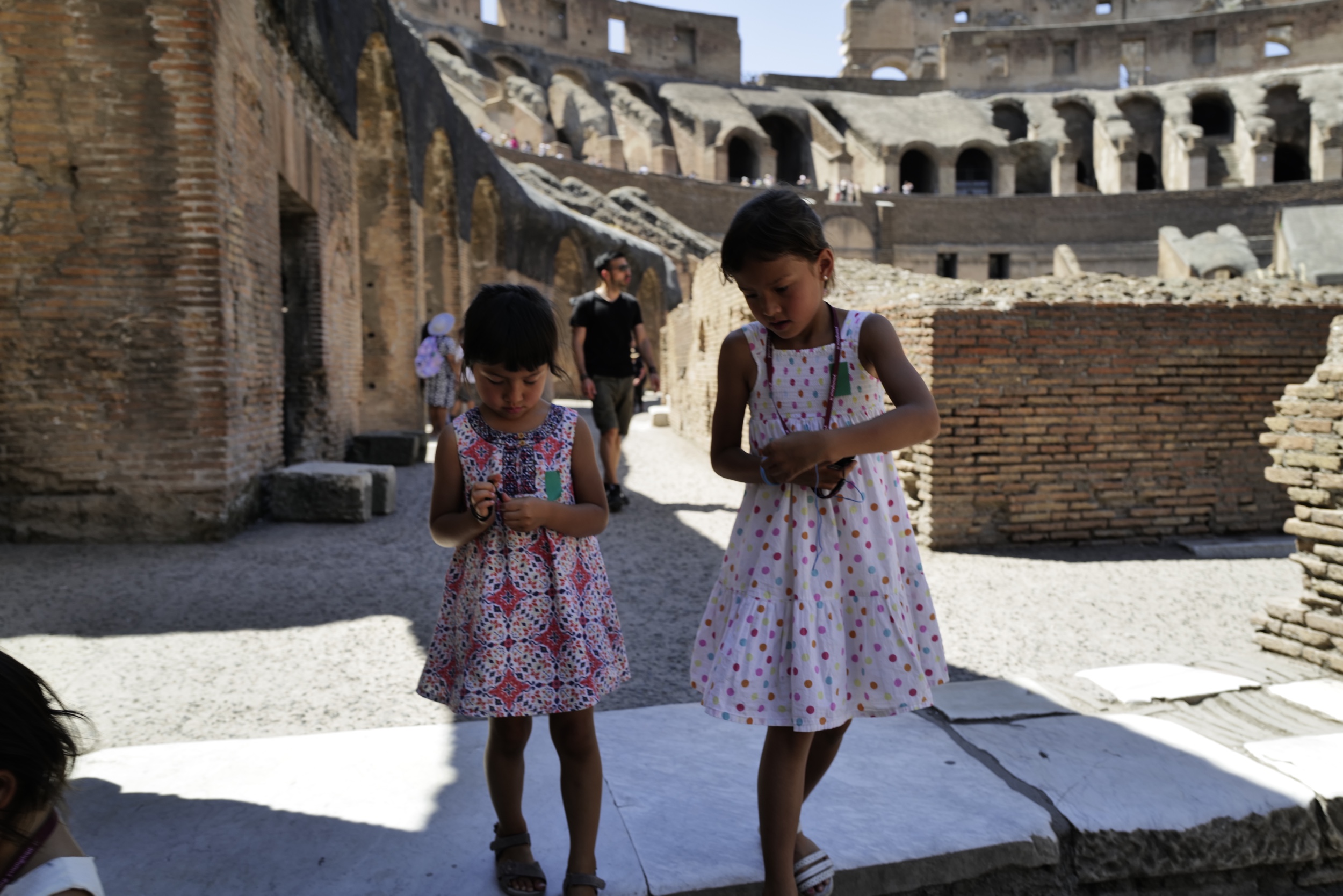
70 000 spectators could fit into the Colosseum and it took only 20 min to fill it. They were shielded by a retractable roof. To enter reusable terracotta tokens with the number of the entrance gate were given out. Based on your social class (sort of IDs already existed), people were seated. The richest closest to the arena.
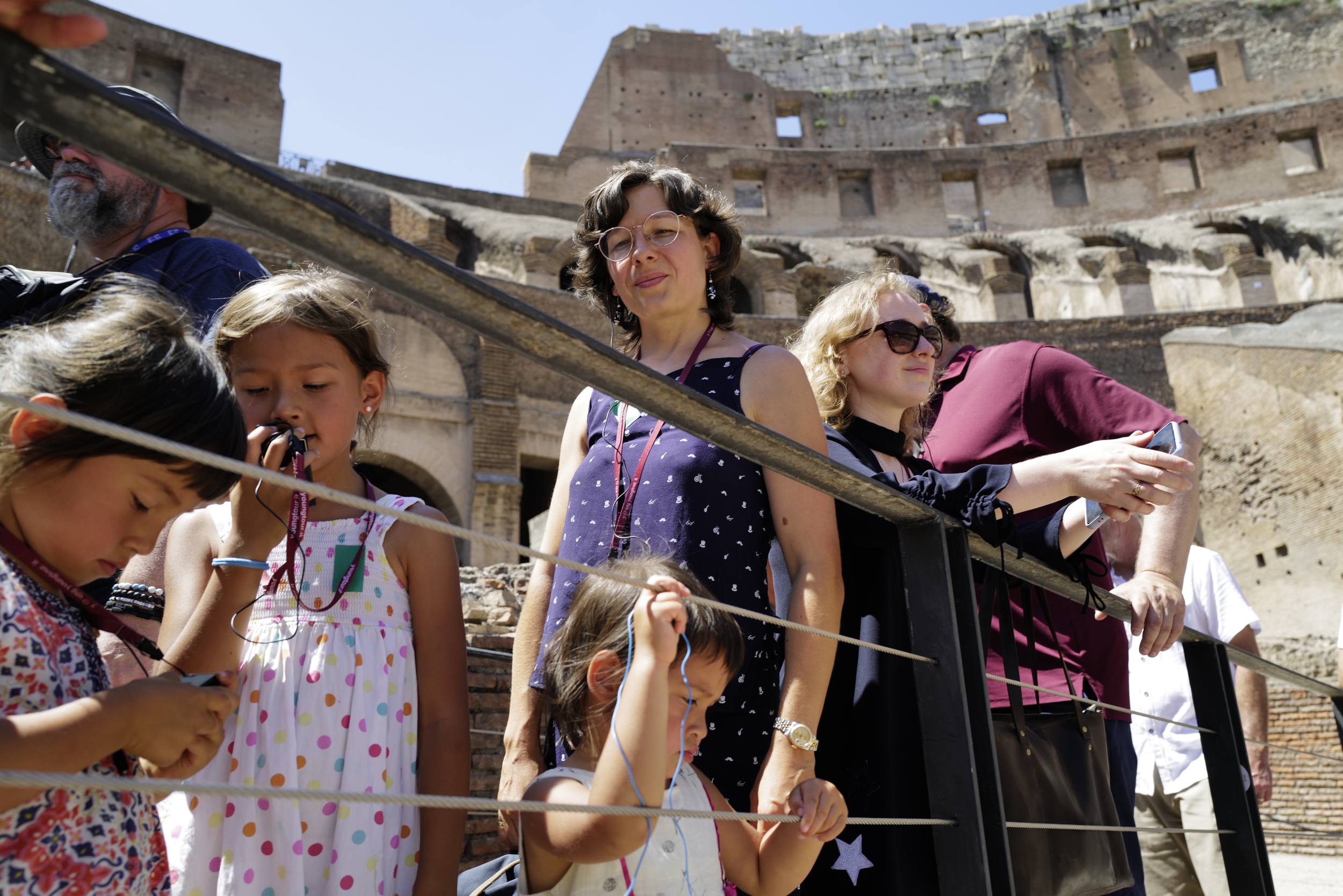
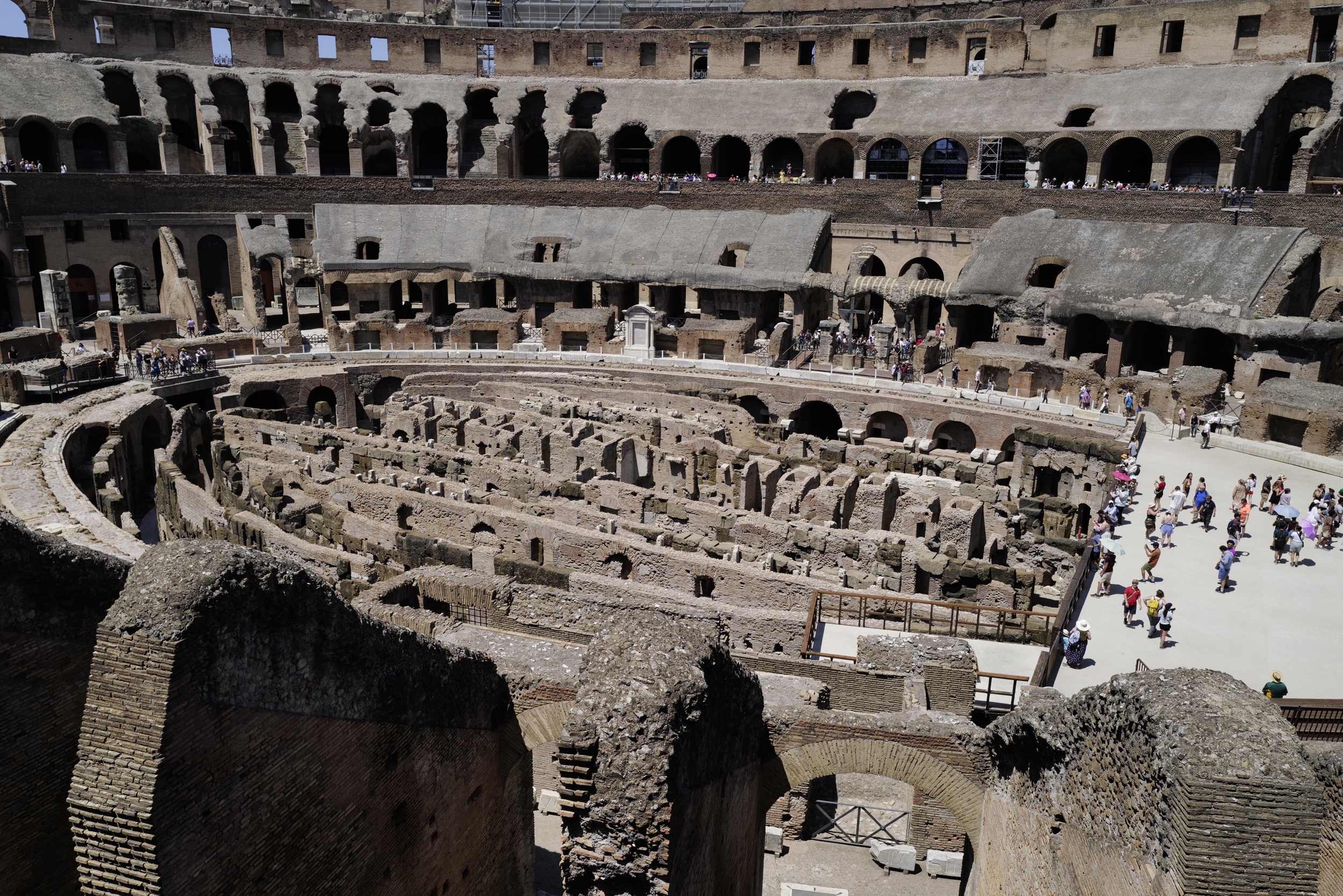
During the first 3 (???) years, the „stage“ of the Colosseum could be filled with water up to a depth of 3 metres featuring ship battles. Later, a dungeon was built there as a prison for criminals and wild animals. Fighters and animals were lifted up onto the stage by elevators. This wooden stage was covered with sand to soak up blood. In Latin ‚harena‘ means sand, giving the stage the name „arena“.
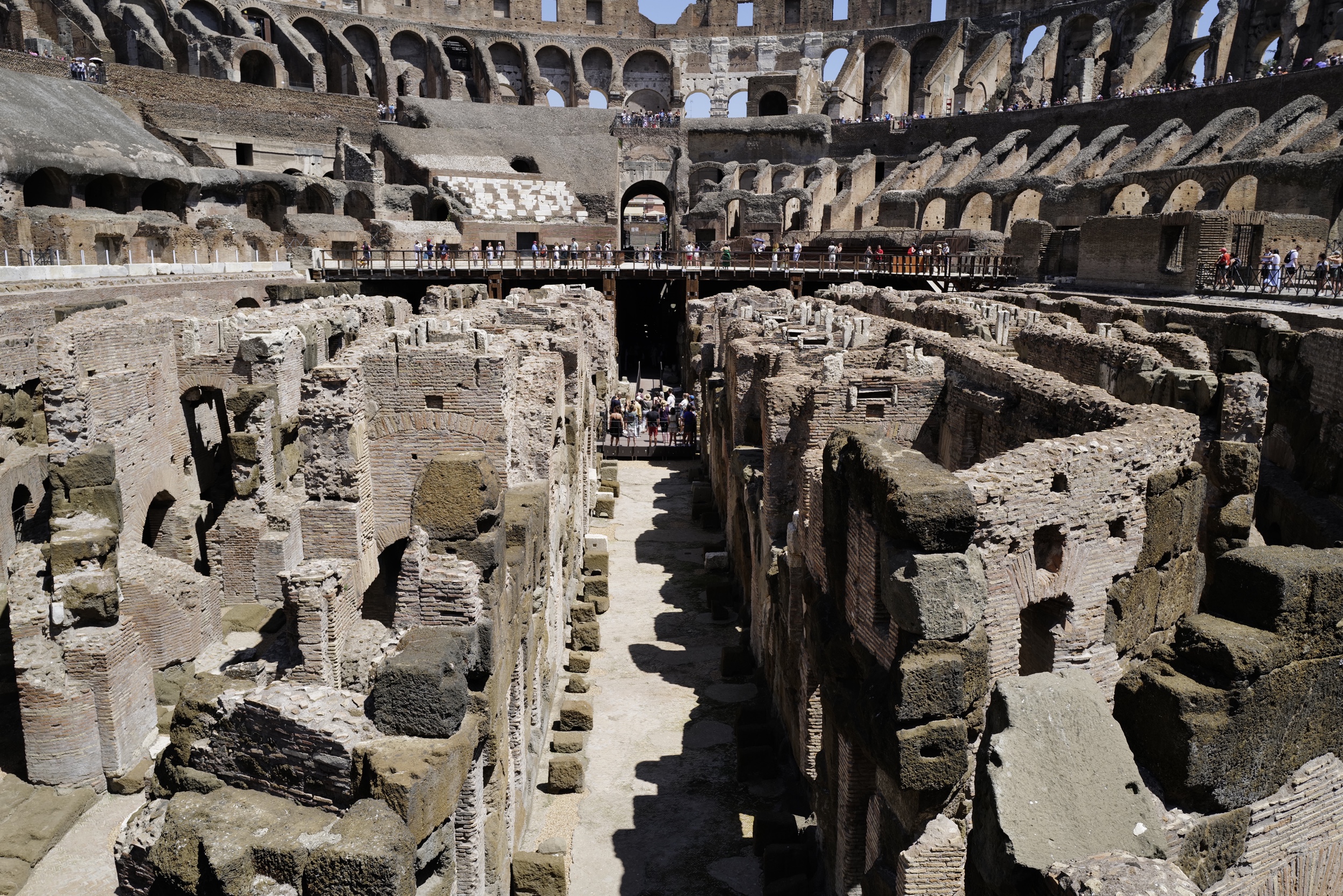

People declared guilty by court were sentenced to fight against beasts who had been starved for 4-5 days or against well trained gladiators. Also hunters fought against animals but not gladiators because the risk of them during from infected injuries was too high and their training took to much time to lose these precious actors so easily.
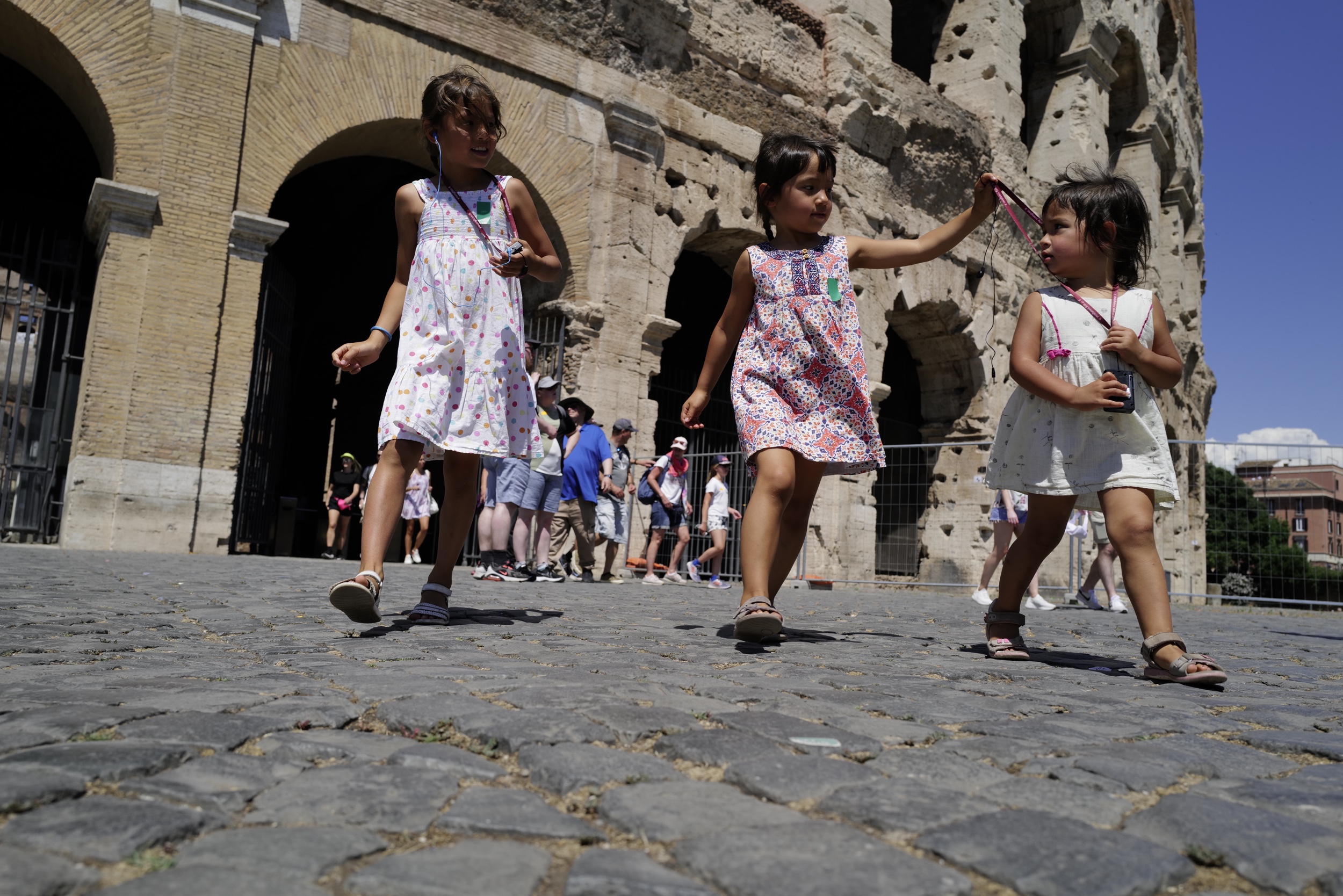
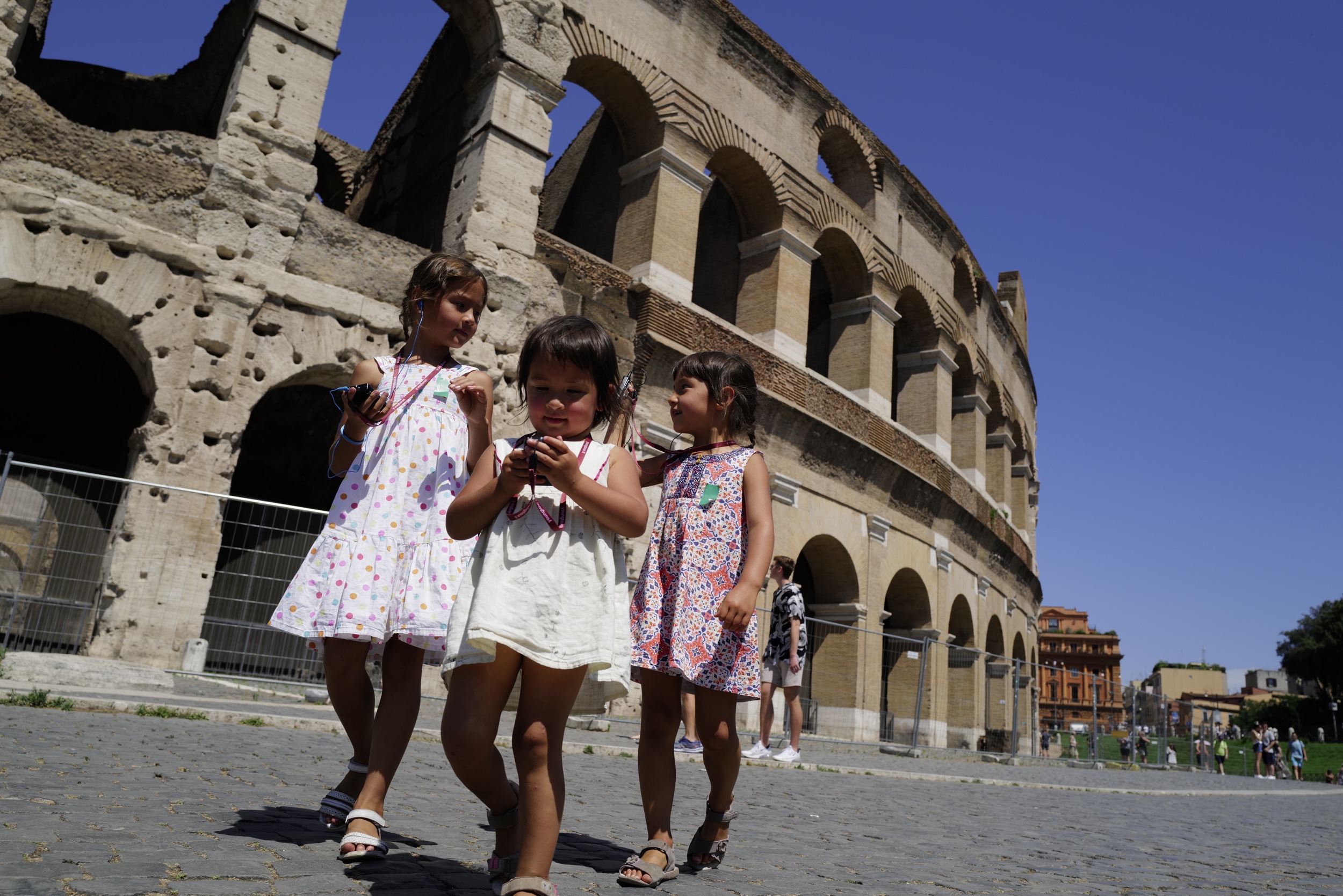
Gladiators were either prisoners or volunteers seeking fame. They were role models for the Roman soldiers. Prisoners usually didn‘t leave the Colosseum alive unless they survived for 5 years. Then they were granted freedom.
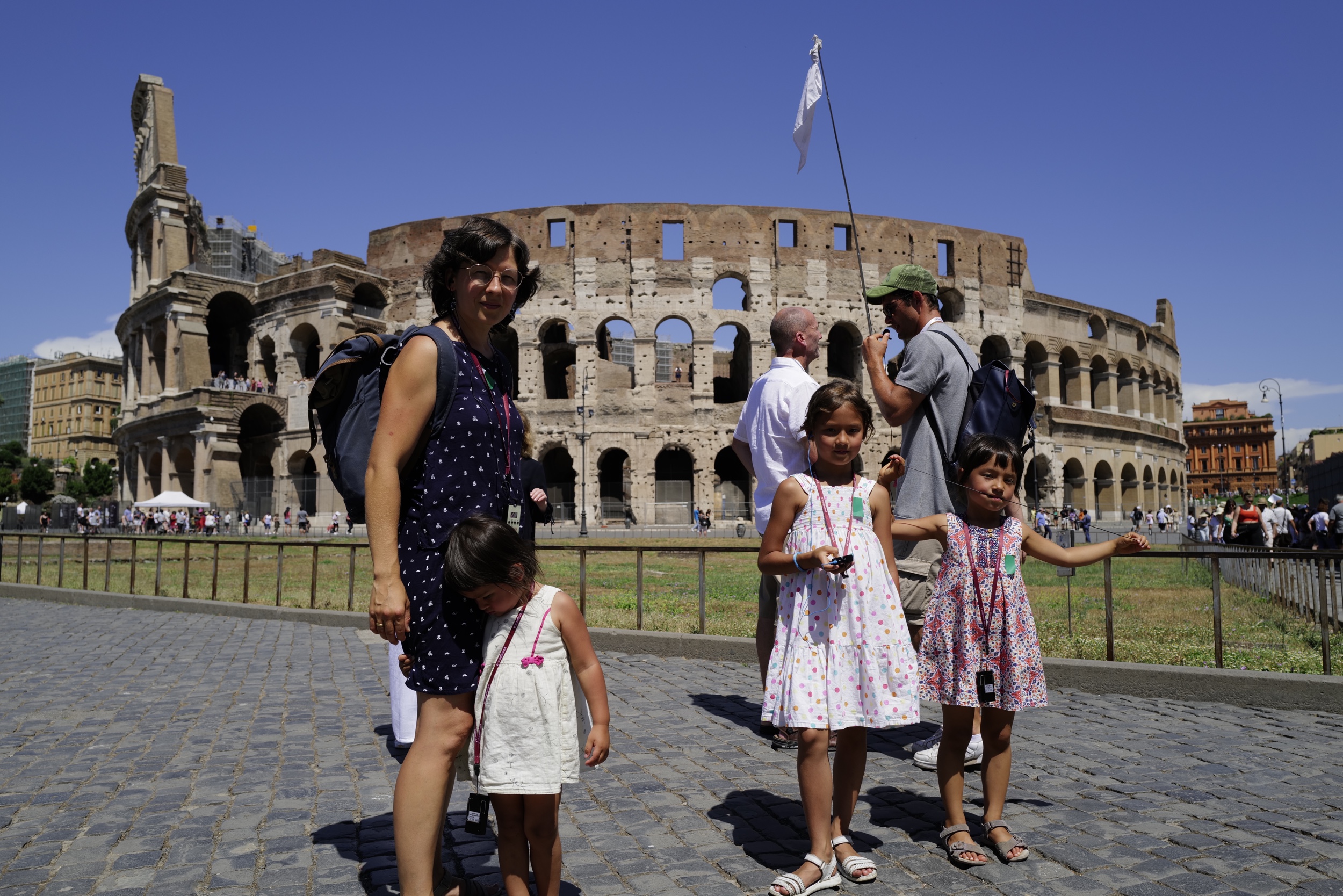
The Collosseum was damaged by earthquakes, especially one in the 14th century. The fallen off pieces were used as building material for other constructions. Marble seats were stolen by the Catholic Church, the pope to make St. Peter‘s Dome shine. Rome was not destroyed during wars. The Italians don‘t rebuild the Roman buildings, they only preserve because they know adding something new wouldn‘t look exactly as in the past and change history.
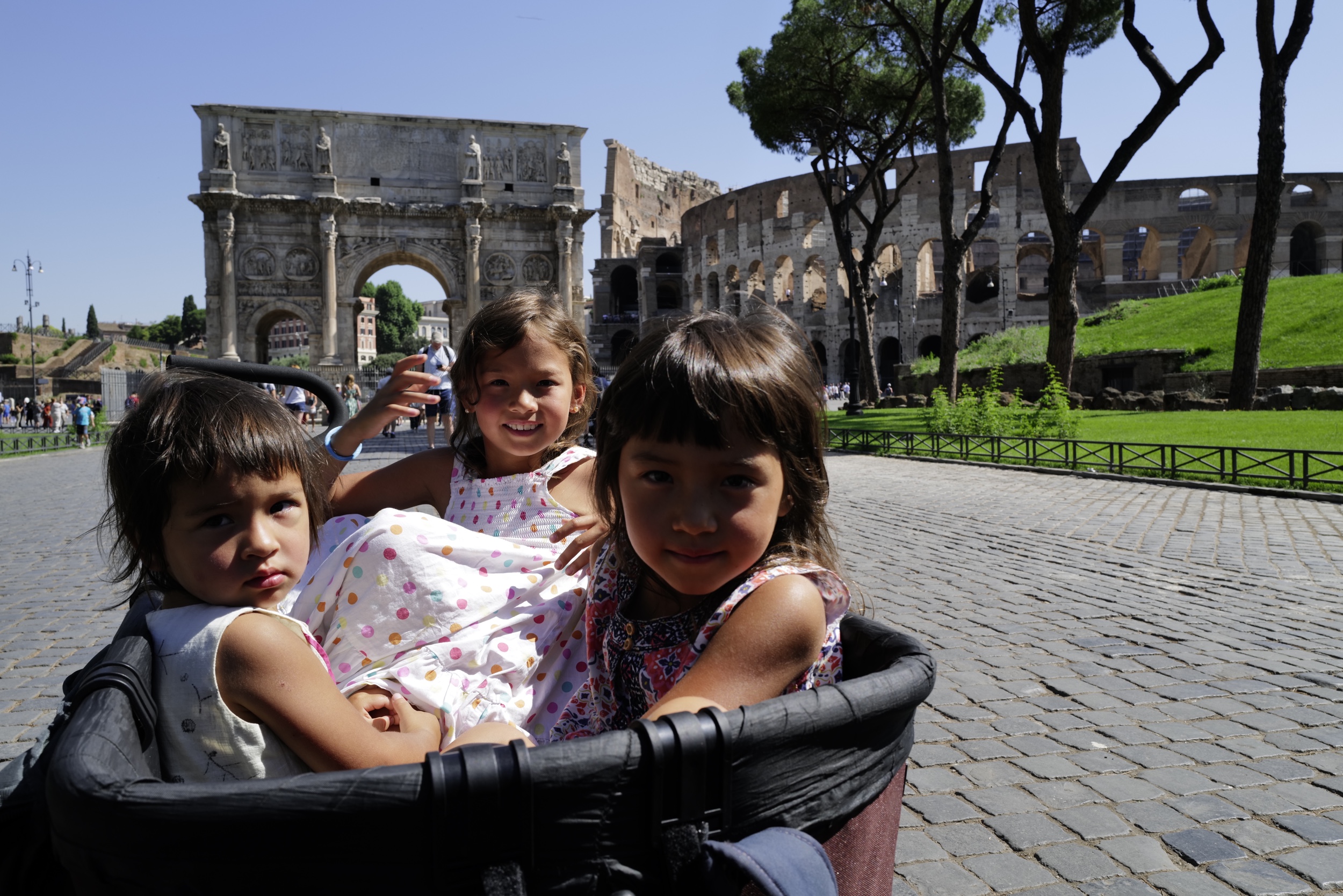
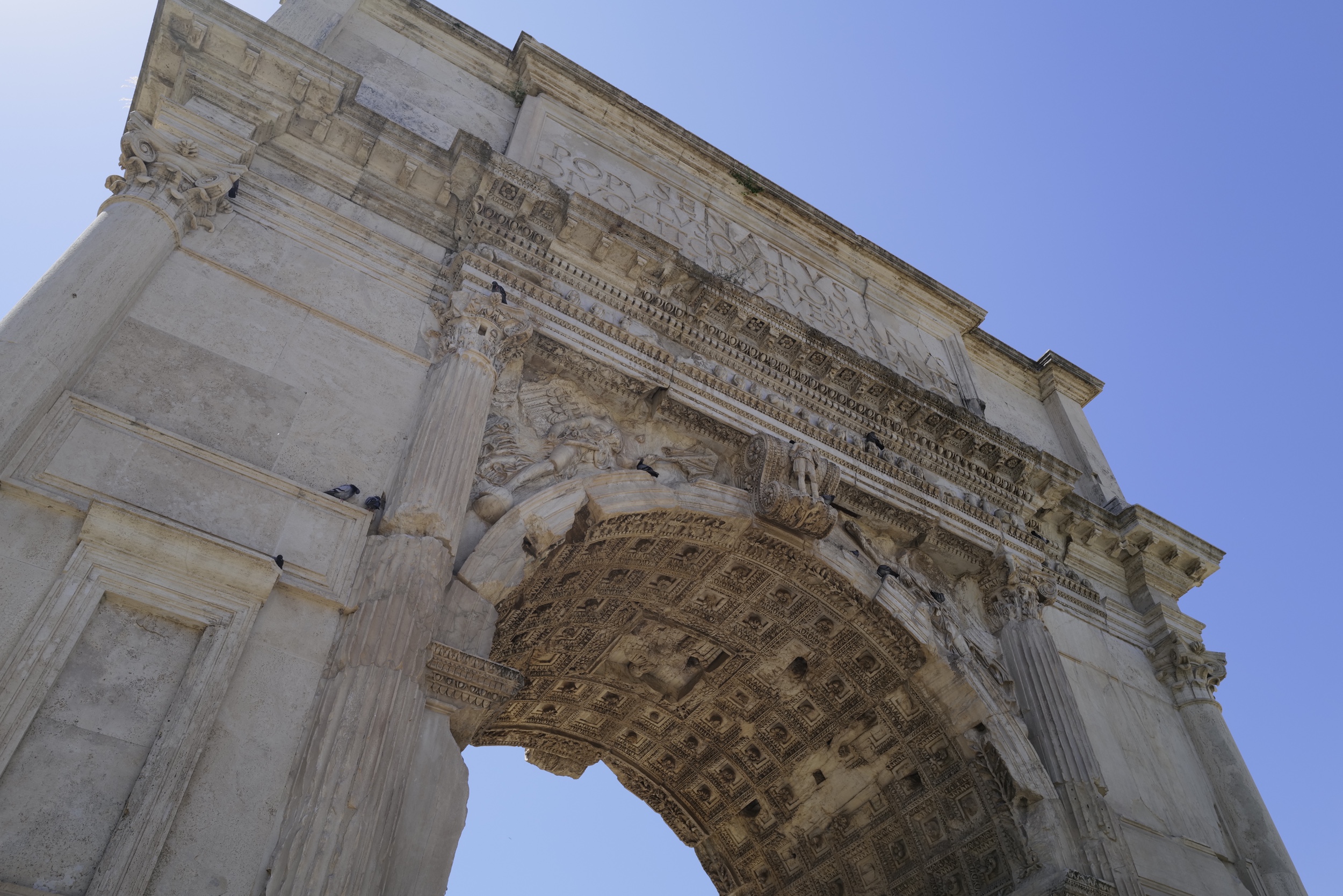
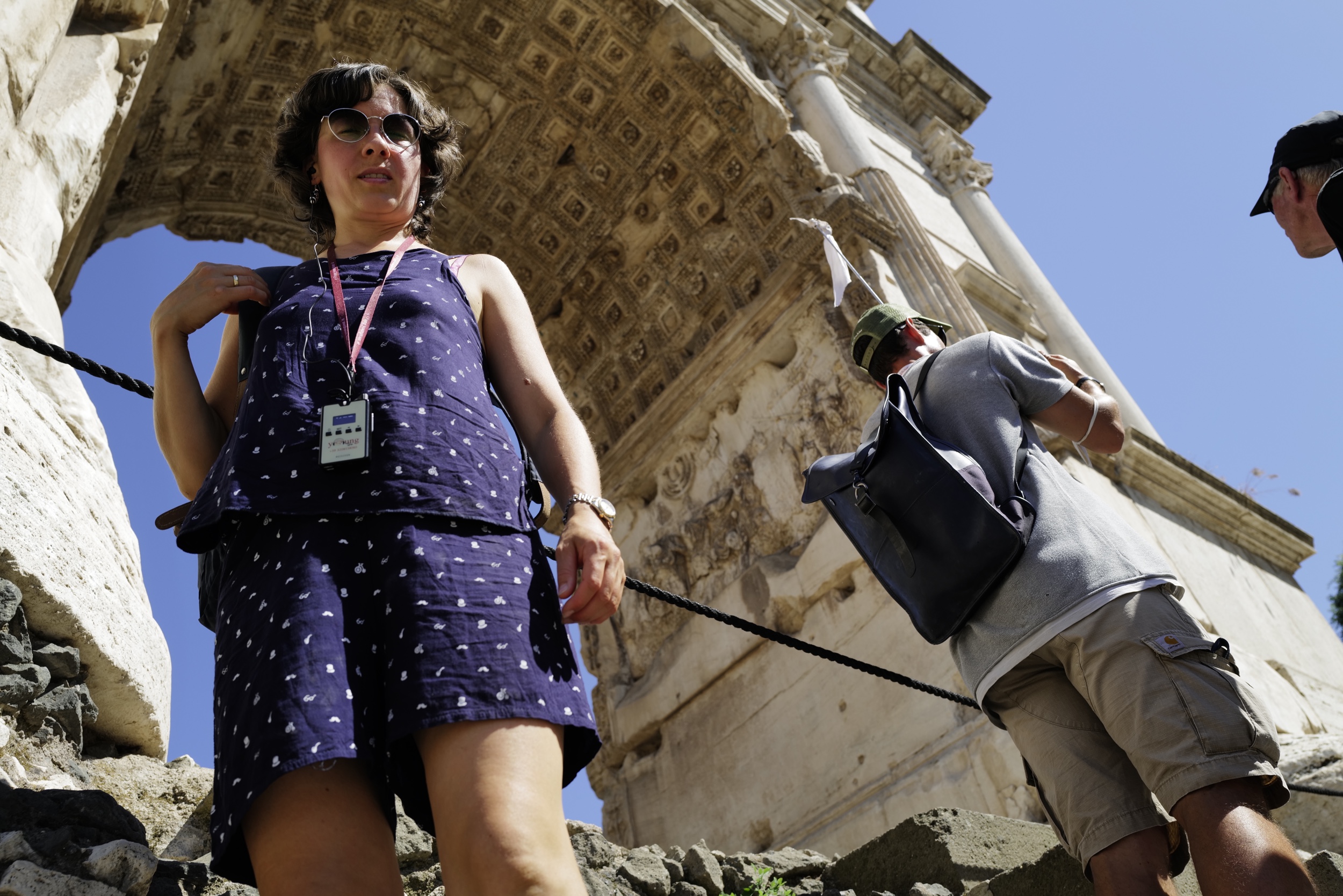


Next, we visited the Palatino, the hill of the emperors palace, the highest place in the city, save from floods of the nearby river Tiber. From the name of the hill, the word ‚palace‘ actually originates.

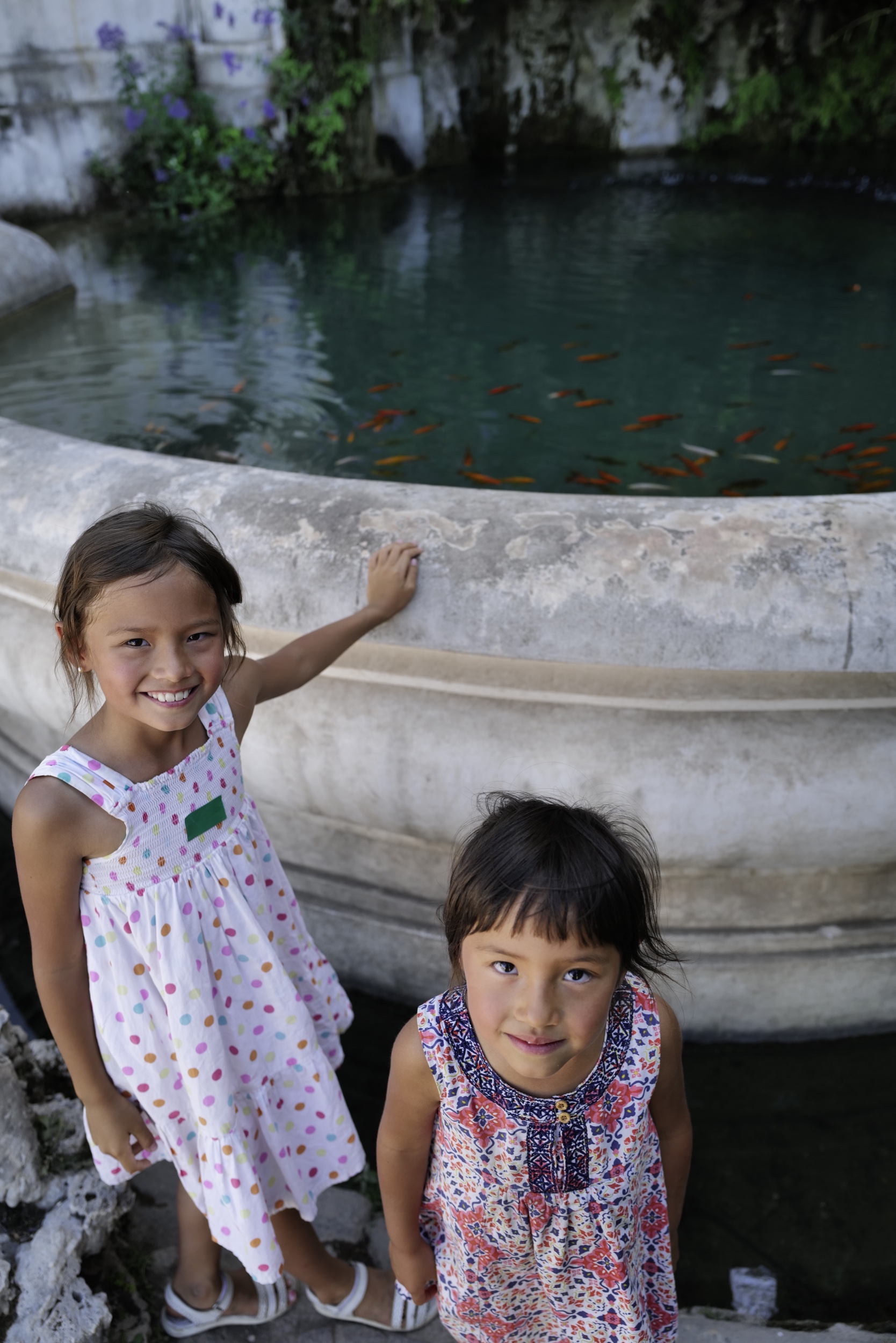


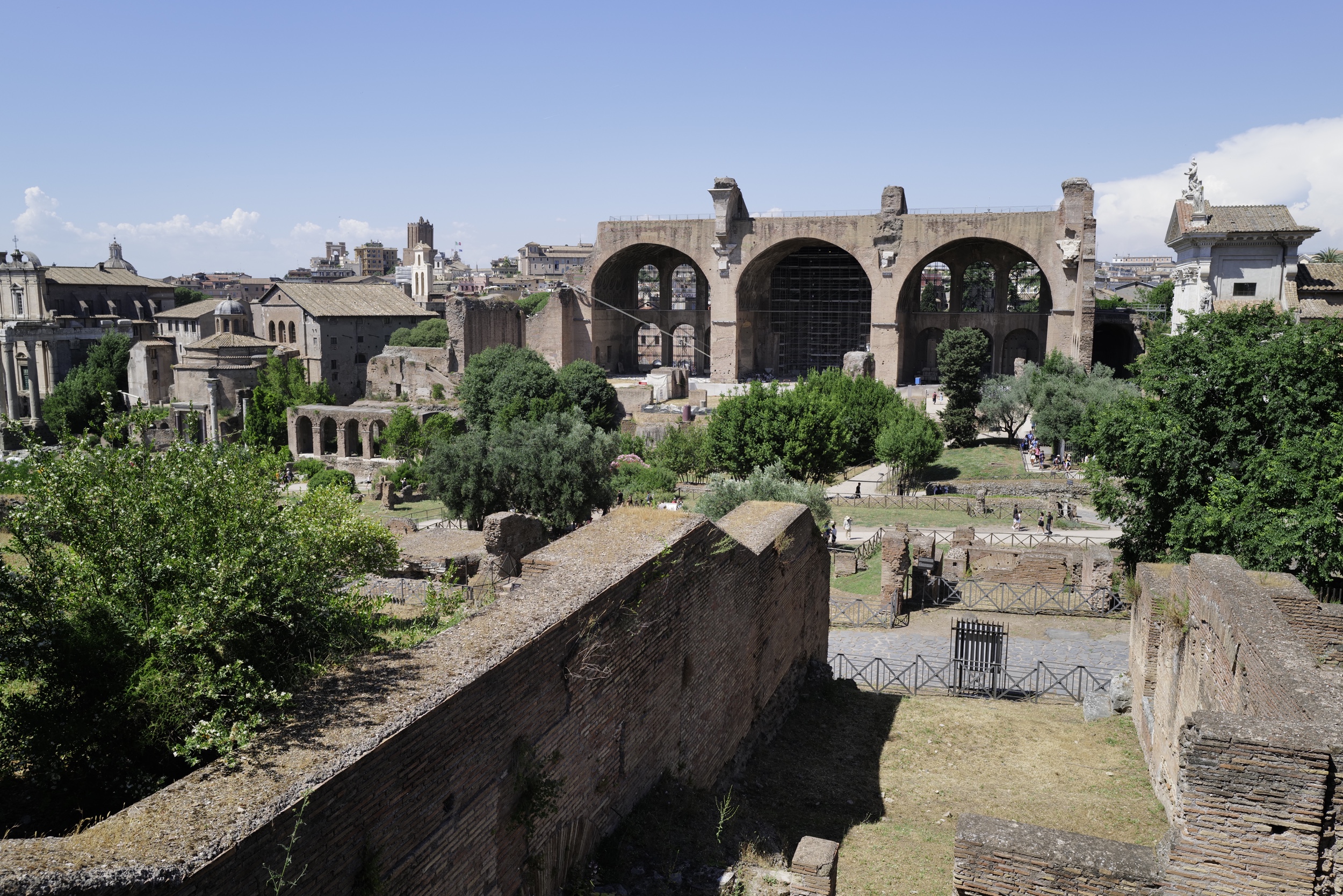

In the Forum Romanum were court houses (,Basilicas‘) that also accommodated events in case of bad weather, trading buildings different temples and shrines.


One of these shrines hosted the ashes of Julius Caesar who was cremated but not killed here. Only cremations of famous warriors took place in the forum. According to our guide, Caesar was stepped by jealous politicians because he abandoned the republic and declared himself a dictator and not sharing powers created internal enemies.

This church of the 15th century was peculiarly built inside partially covered temple ruin. When the church was built the city grounds had reached a higher level compared to the Roman times because of the deposits by many floods of the river Tiber.
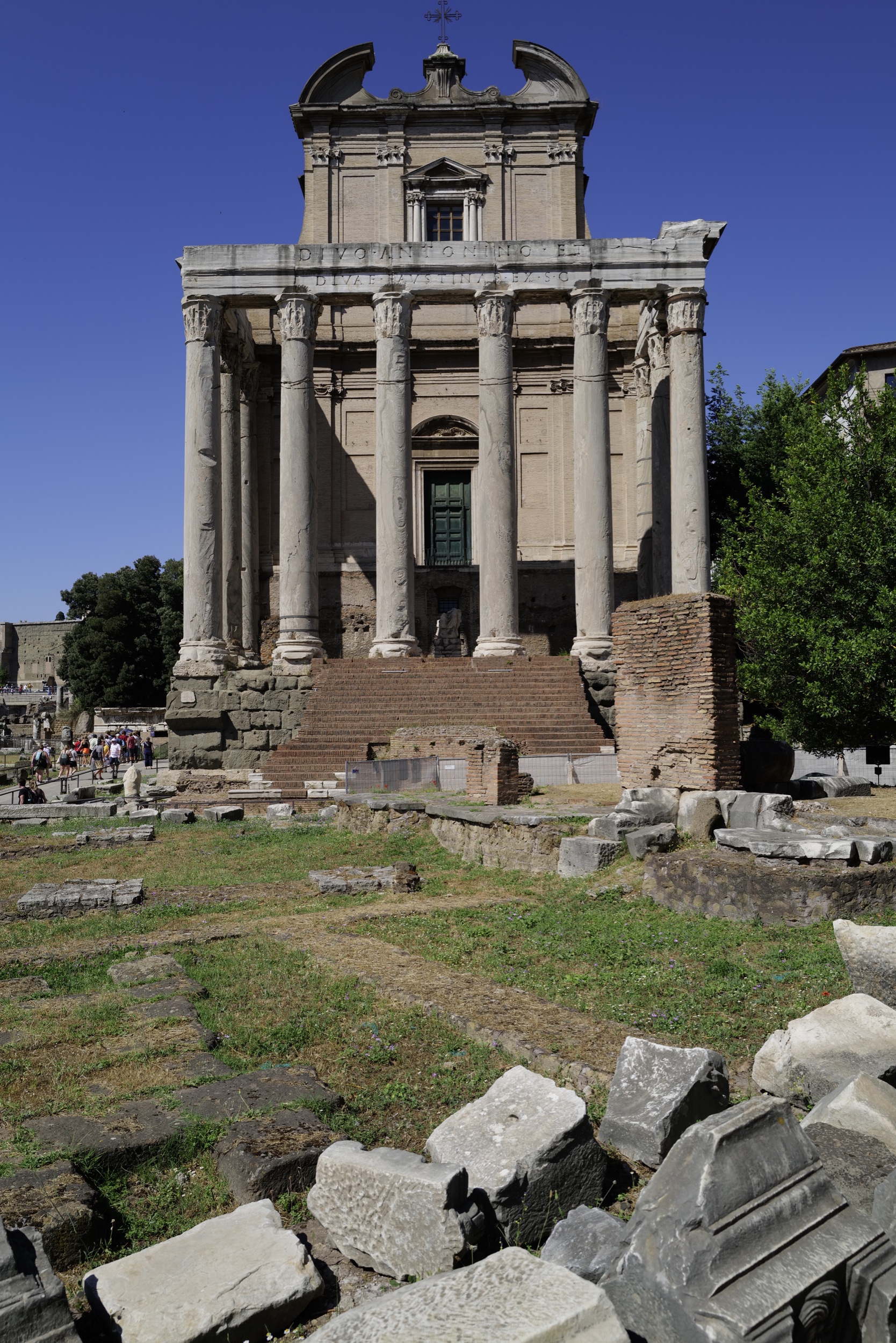
One thing we enjoyed very much in Rome, were the stations with free water, even sparkling water – that was the best refreshment ever! There were also booths with different cables to charge your phone.
The streets were busy with street sellers and traffic. Our guide said traffic regulations are just taken as recommendations. However, the worst city was Napoli. If you could cross the street safely there, it’s like winning a lottery ;o)
Our own small city tour…
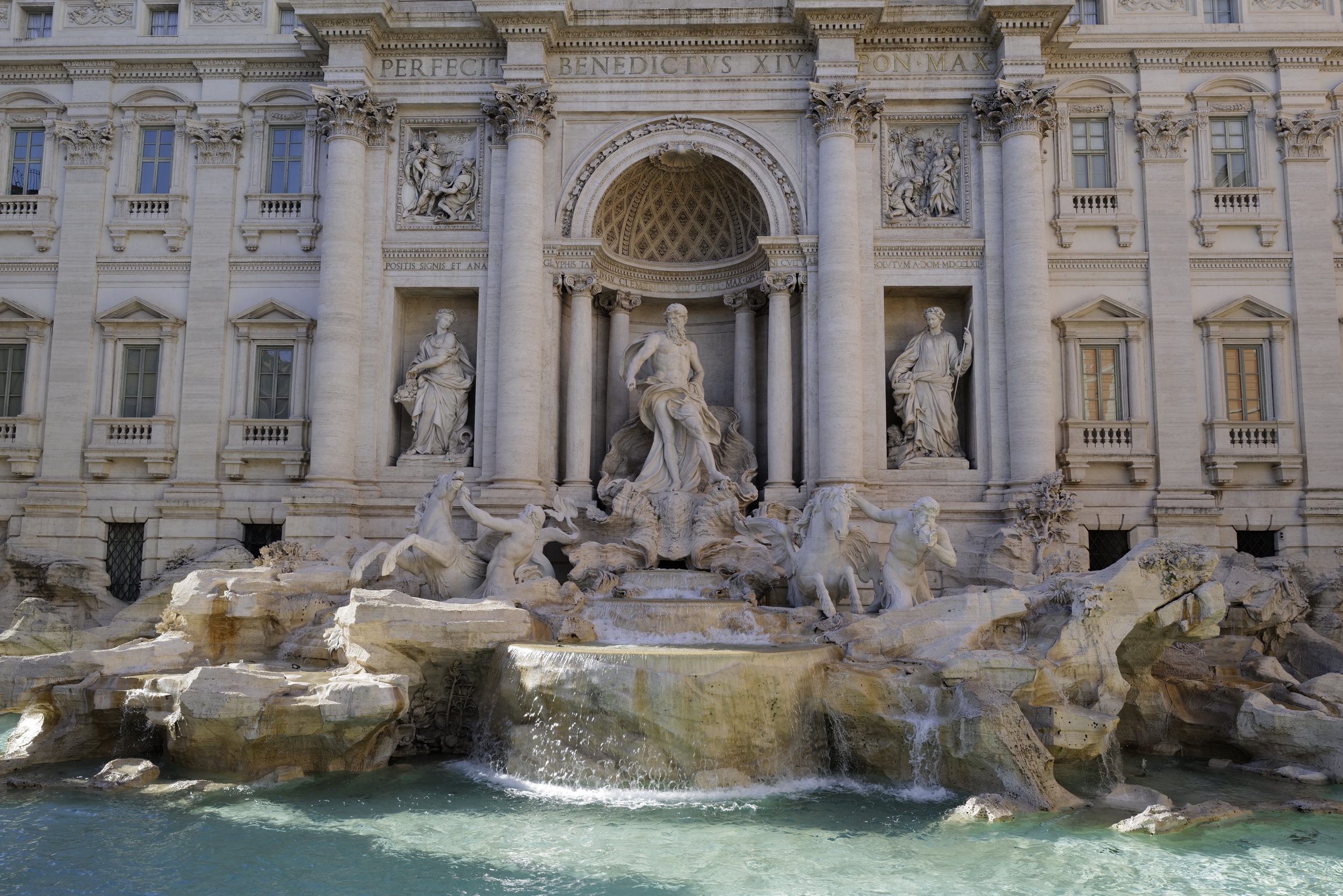
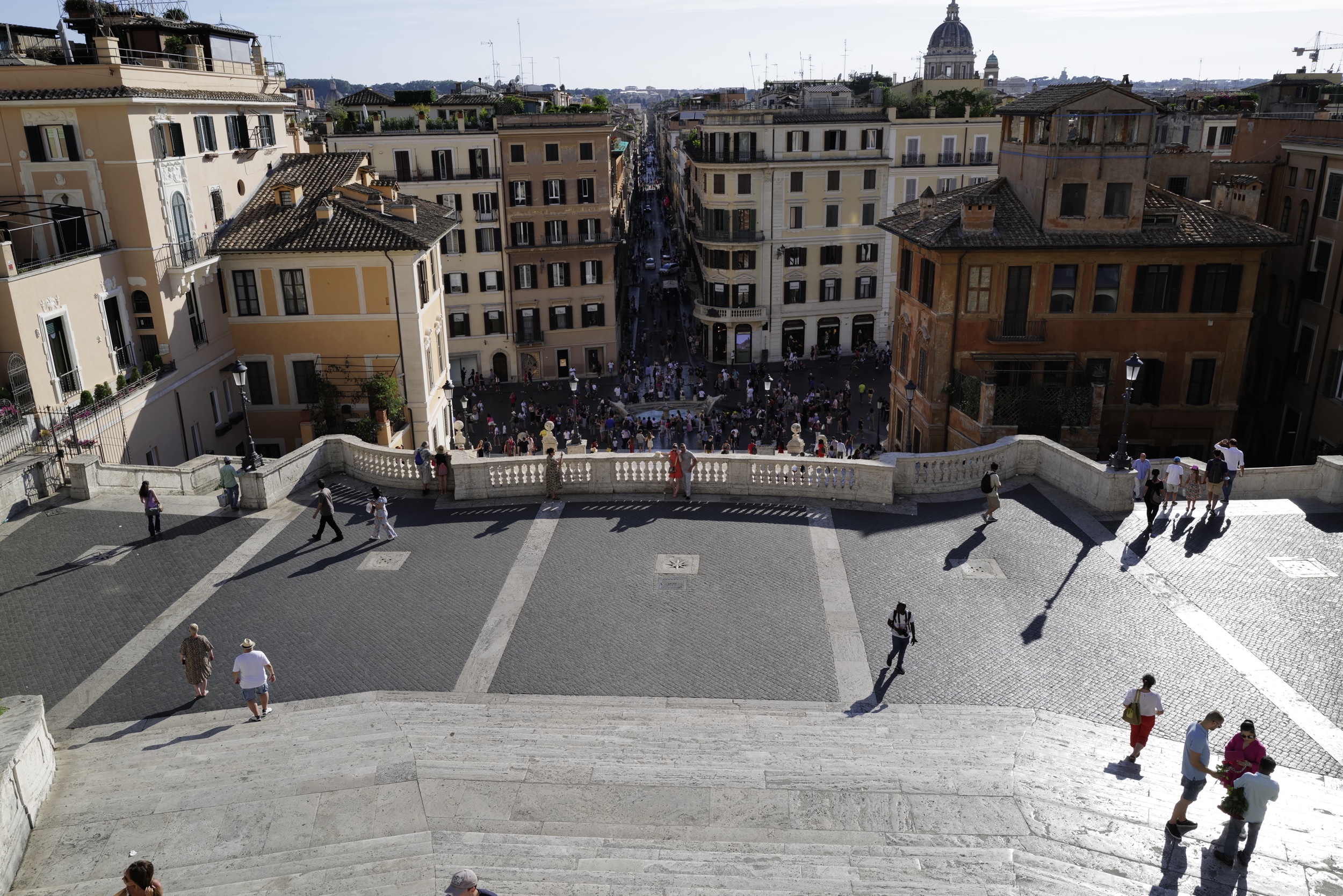
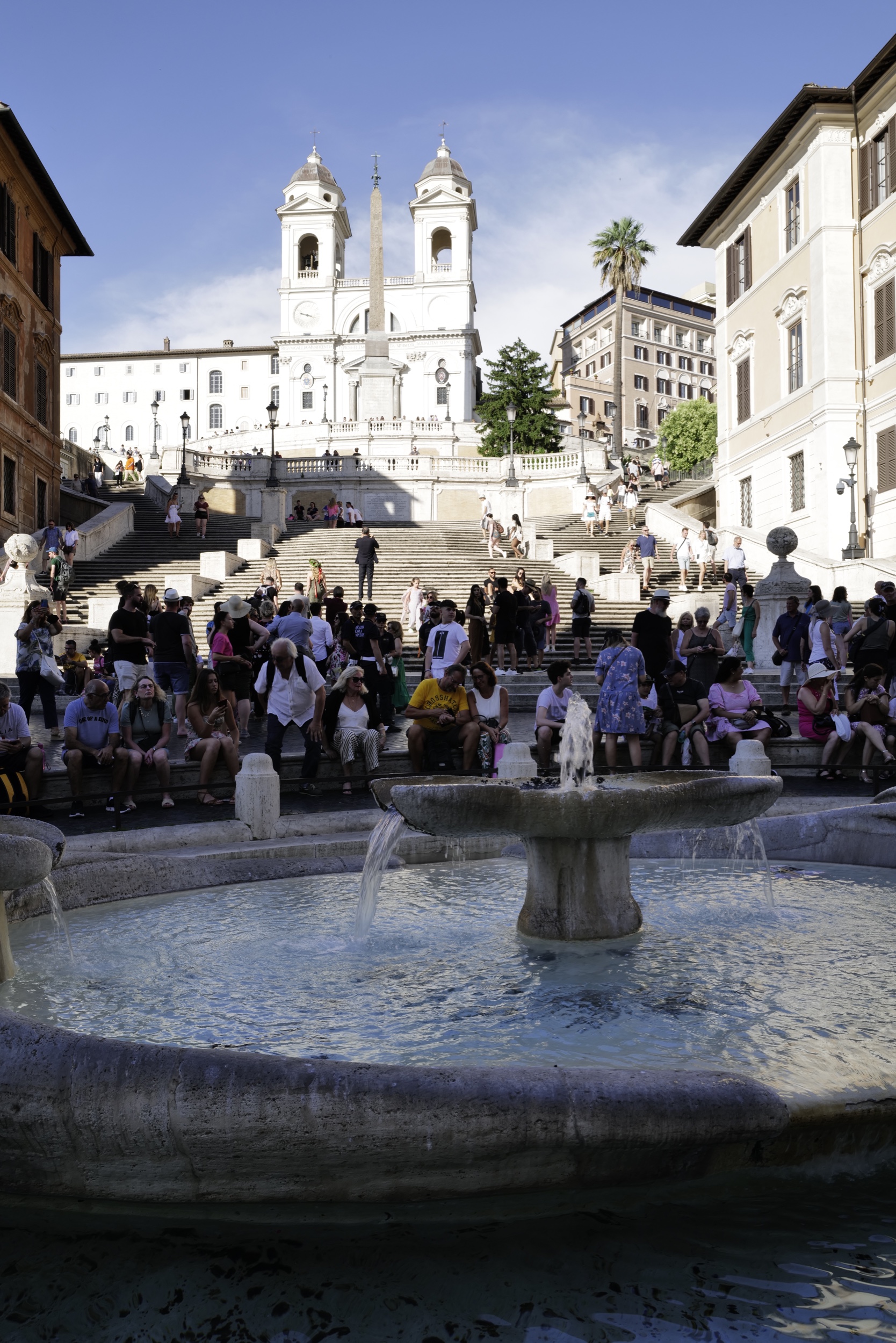
…with guide Wilma:
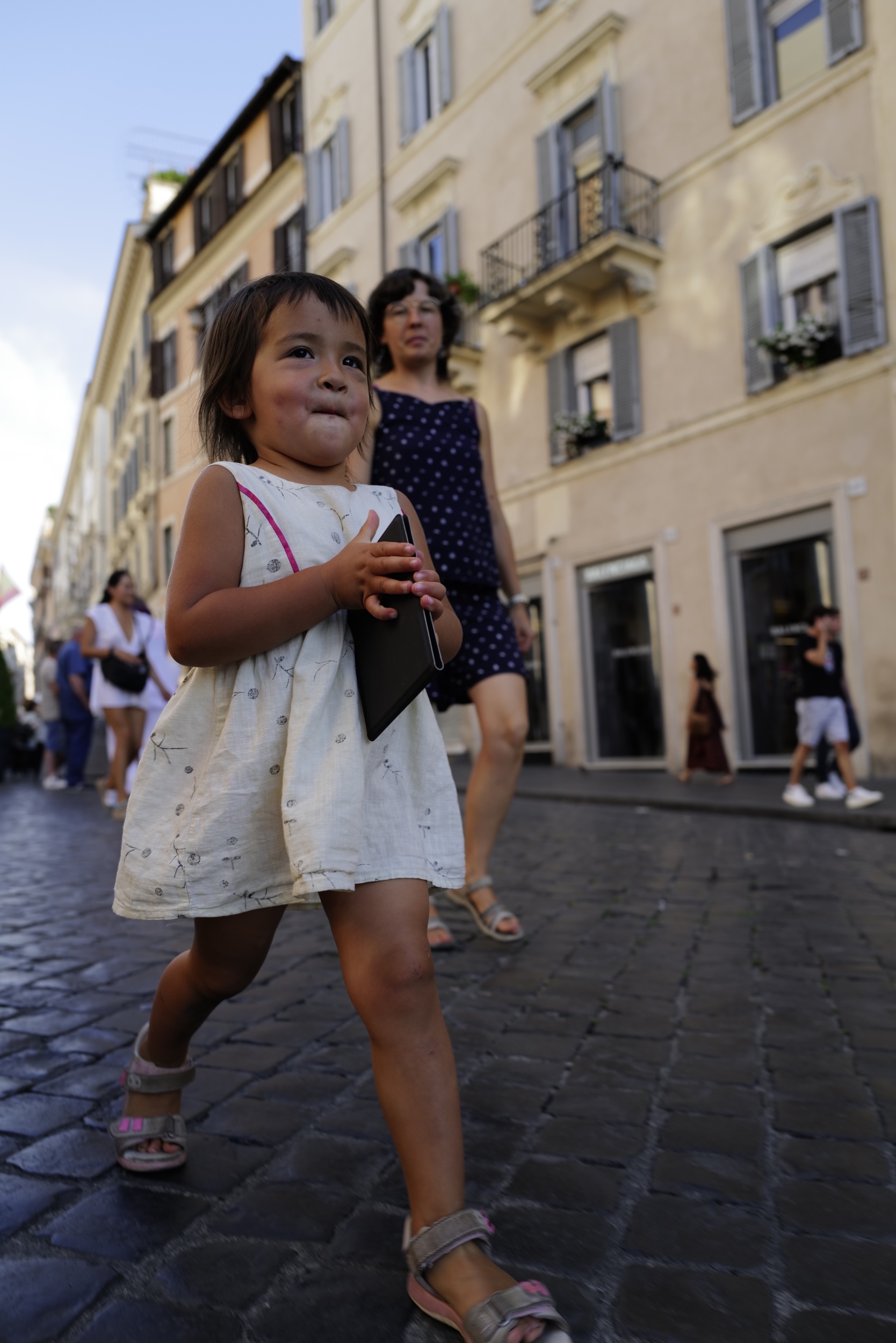

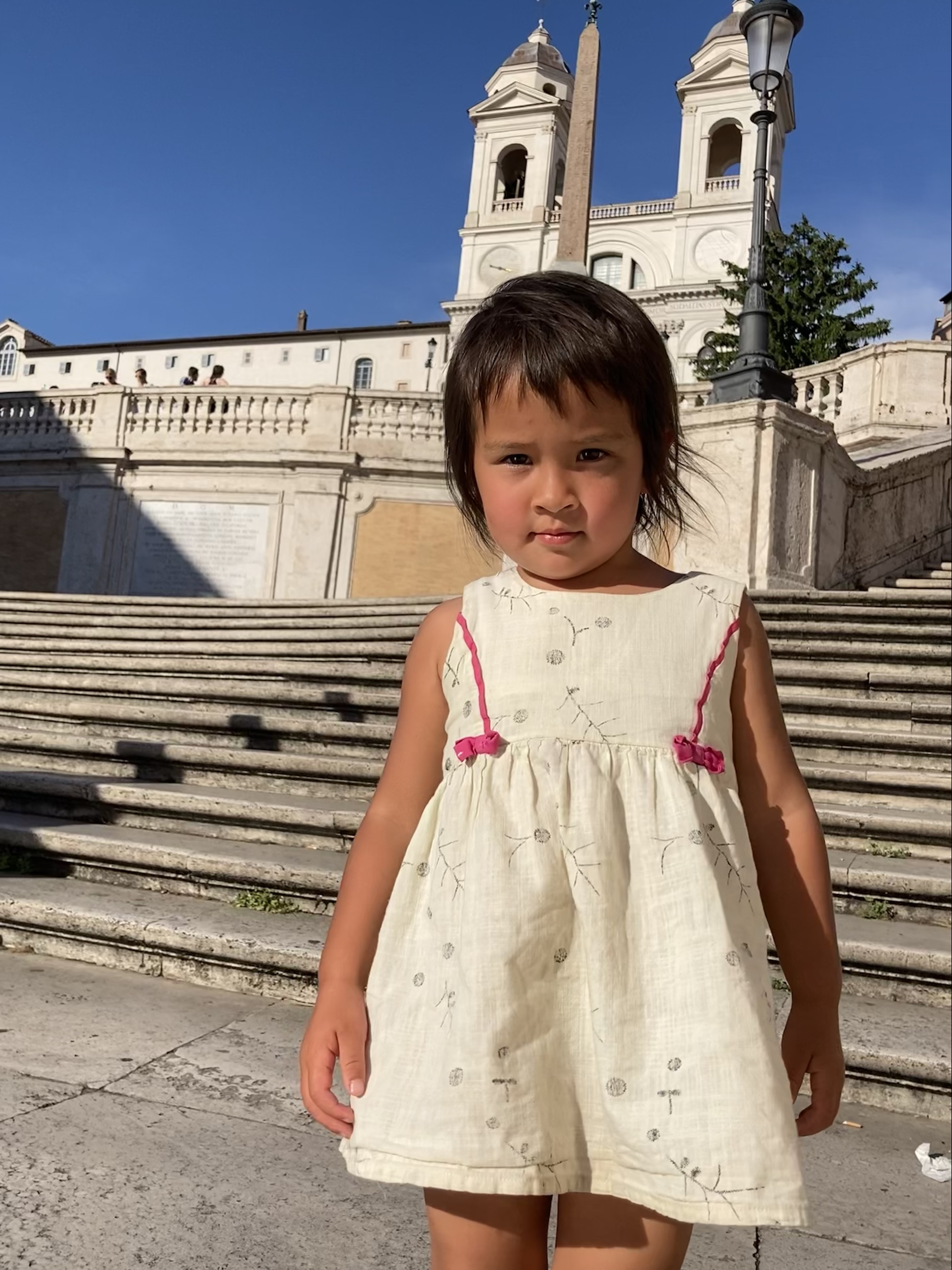
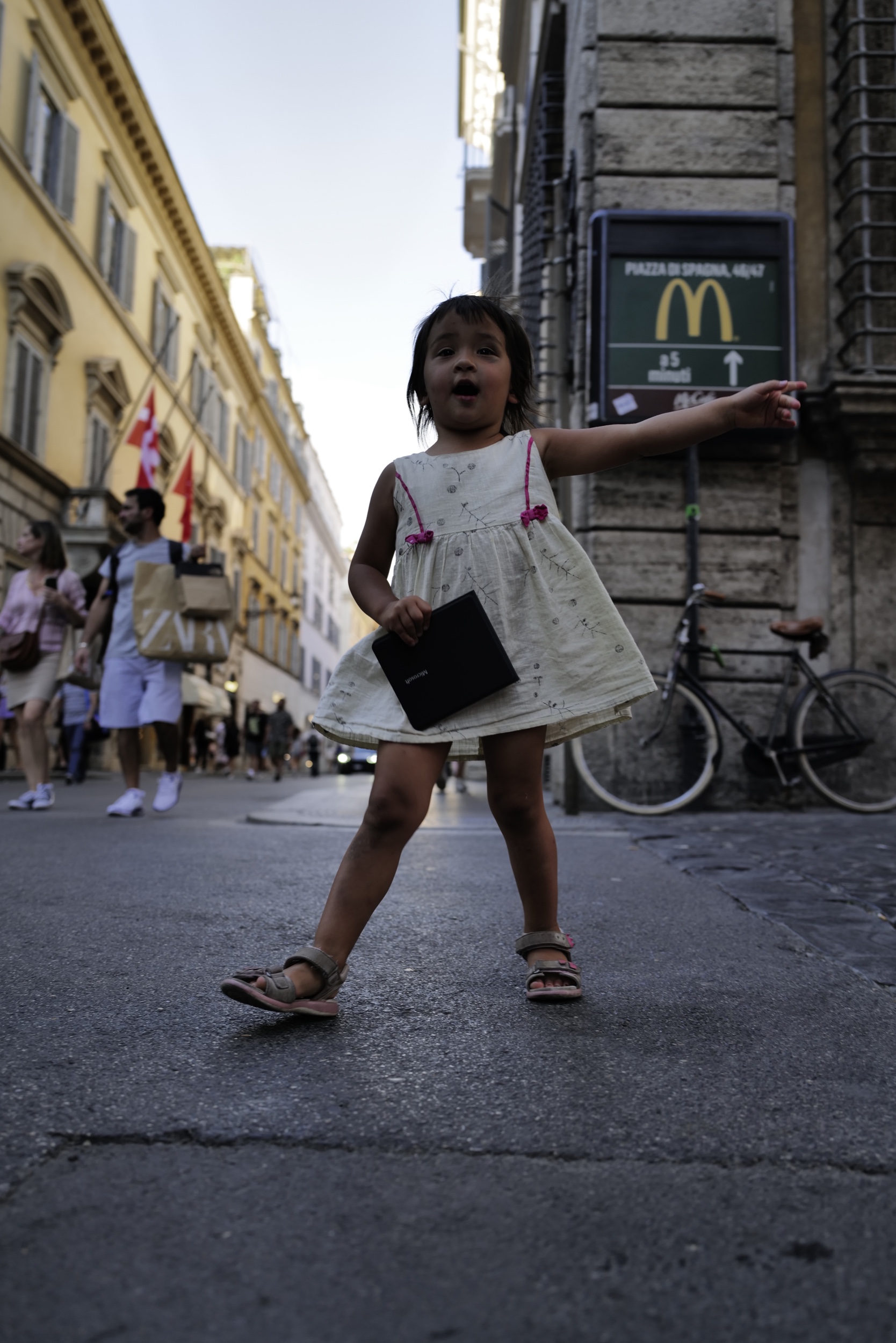


Our walk through Rome, we happened to come across a Leica store. Alan could buy a new finger loop that had broken a couple of days earlier. So now he could use his camera very flexibly again to not miss any cute picture of our kids.
Leave a Reply